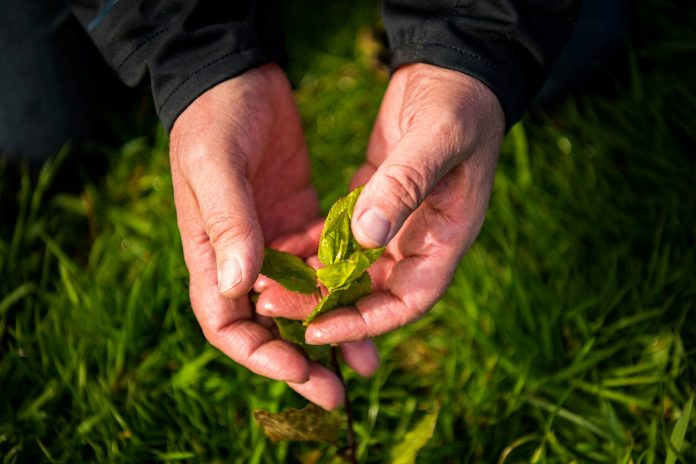Nestlé aims to plant 10 million trees in Australia by 2025 in partnership with Greening Australia, Canopy and One Tree Planted.
The ambitious project is part of Nestlé’s Global Reforestation Program, which aims to plant and grow 200 million trees globally by 2030 as part of the company’s efforts to achieve net zero emissions.
“Establishing the 10 million trees, a biodiverse mix of native species, will sequester an estimated 2.1 million tonnes of CO2 over a 25-year carbon crediting period. In fact, averaged over the project lifetime, this is equivalent to fuel emissions from more than 25,000 cars each year.”
The partnership between Nestlé, Greening Australia, Canopy and One Tree Planted will ensure that the trees are monitored across 28 years as they mature, delivering long-term environmental and economic benefits.
Working in collaboration with local landholders and communities, the 10 million trees will restore local biodiversity, improve water quality and enhance degraded soils. Trees will be planted in locations linked to regional areas where Nestlé sources its raw materials and will be registered by Greening Australia’s environmental markets business, Canopy, for carbon credits with Australia’s Clean Energy Regulator.
Nestlé Oceania CEO Sandra Martinez says, “Our long-term commitment is about more than just planting trees. The reforestation program works to conserve local biodiversity, and advance regenerative food and farming systems – delivering environmental and economic benefits to communities.
“We’re proud to partner with a team of local experts and thrilled that Australia will be part of Nestlé’s global reforestation project.
“Climate change is possibly everyone’s greatest challenge – and a significant risk to the future of our business. We have set ourselves the target of net zero emissions by 2050 and laid out an ambitious roadmap to achieve this. However, we cannot do this alone – collaboration is key,” Ms Martinez said.
Greening Australia CEO and Canopy Chair Brendan Foran says, “Partnerships like this one are critical if we are to meet the environmental challenges we face head on, with the necessary speed and scale to make real change. Greening Australia and Canopy are proud to be Nestlé’s chosen reforestation partners in Australia as they work towards their net zero ambitions at a local and global scale.
“This is not just about planting trees, it’s about working together to solve complex environmental problems – restoring our diverse and iconic ecosystems, building habitat for native fauna, improving biodiversity, sequestering carbon and investing in local communities and economies to help people and nature thrive,” Mr Foran said.
200,000 trees planted in 2022
Nestlé’s Reforestation Project in Australia has commenced, with plantings underway with private landholders in the Strzelecki Ranges and in East Gippsland, Victoria. As the tail end of the 2022 planting season approaches, Greening Australia is on track to finish planting 200,000 trees across almost 100 hectares – the equivalent of more than three times the size of the Sydney Royal Botanic Garden.
The first plantings will see approximately 65 native species of trees and plants established, including:
- The Eucalyptus Strzelecki, an Indigenous plant to the region that is nationally vulnerable to extinction
- The Allocasuarina littoralis, a key food source for the Yellow-tailed Black Cockatoo
- The Leptospermum lanigerus, commonly known as the ‘woolly tea tree’, a species that attracts pollinators.
Road to Net Zero
Nestle’s reforestation initiative plays a significant part in the company’s global goal to meet net zero emissions by 2050, outlined in Nestle’s Net Zero Roadmap.
As part of Nestlé Australia’s progress towards 2050, in 2021 it switched to sourcing 100% renewable electricity – avoiding around 73,0002 tonnes of carbon emissions each year. Nestlé Australia is also transitioning 100% of its packaging to be recyclable or reusable and more than 90% of its packaging is now designed for recycling.

